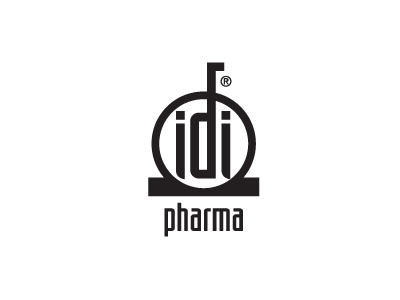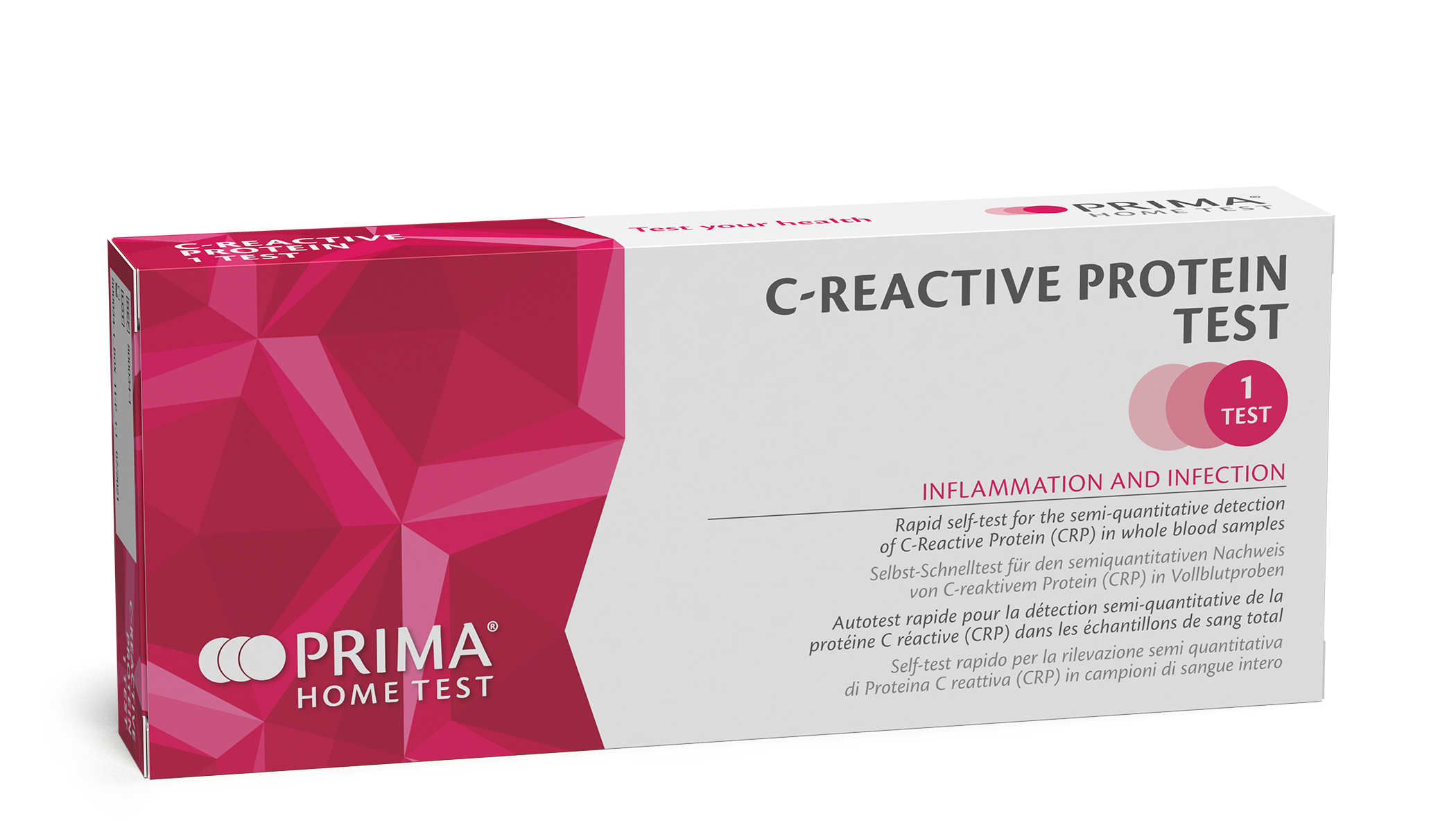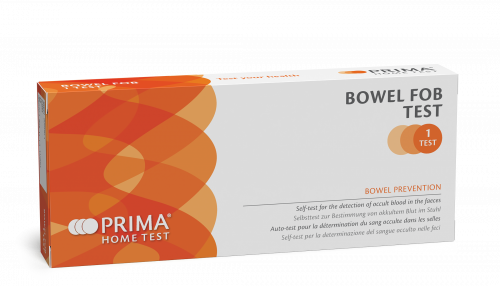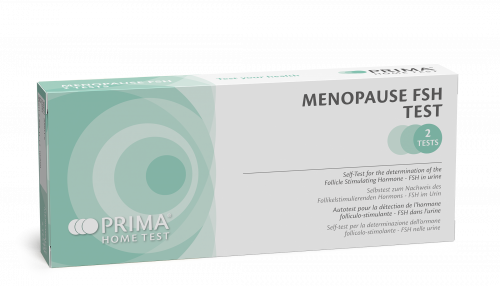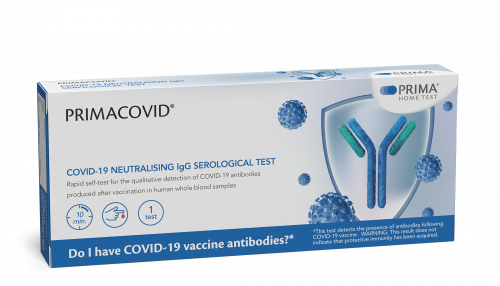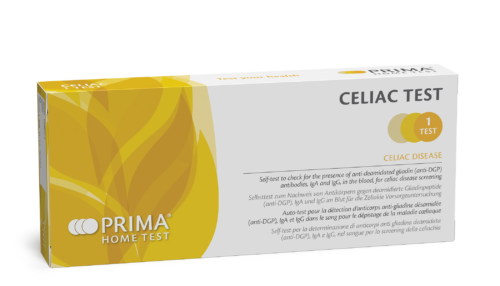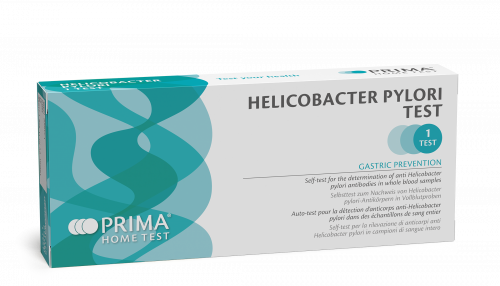x Close
PRIMA HOME
PRIMA PROFESSIONAL
In our laboratory in Switzerland we develop, evaluate and produce rapid tests, always focusing on innovative solutions within everyone’s reach.

The personal analysis tool with no waiting time, less than 7 centimeters of point of care technology.
A Swiss company that made its way by bringing diagnostics into everyone’s home
Quick, effective and easy-to-use tests designed for monitoring good health
Development and production of diagnostic tests, customized projects and CE-certification achievement
Collaborating in PRIMA Lab means to constantly work with private individuals, companies and research institutes, in order to share and expand our skills and knowledge.

